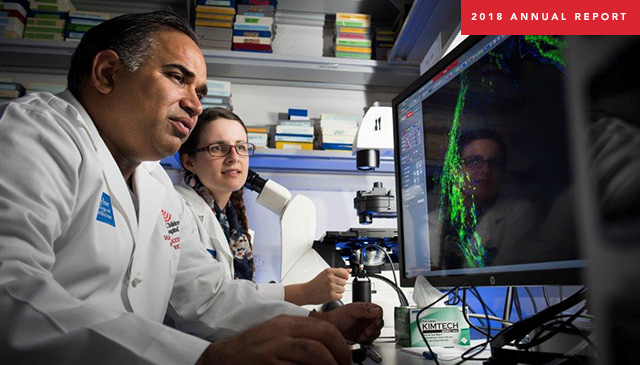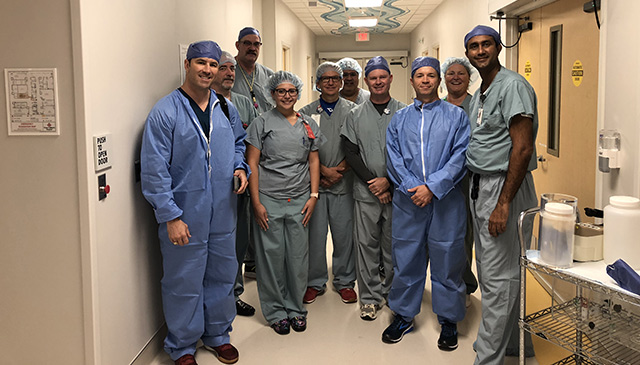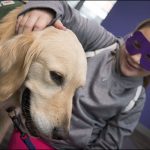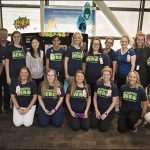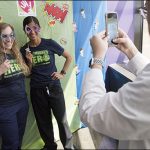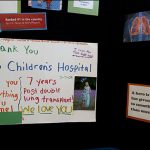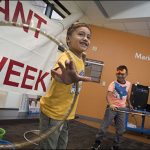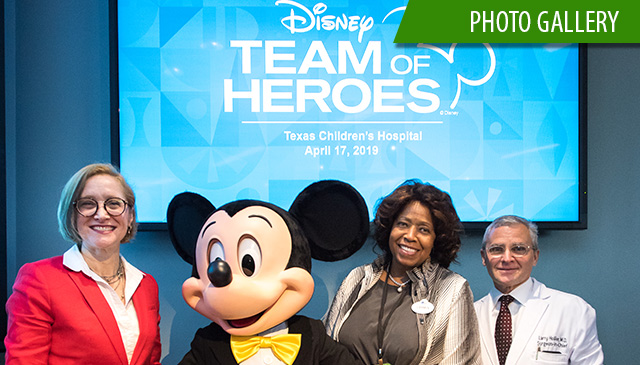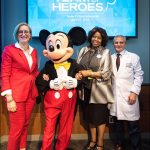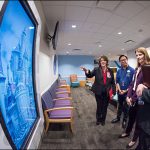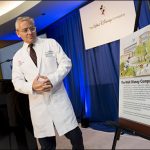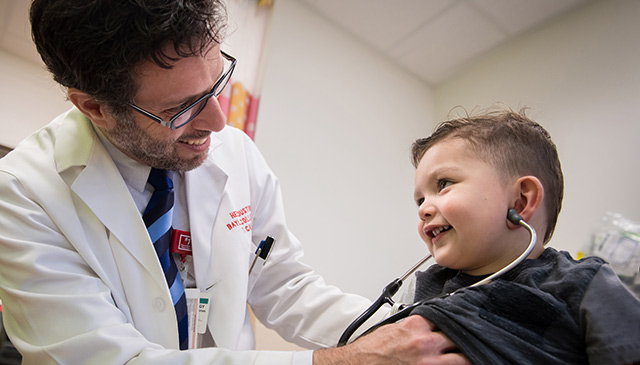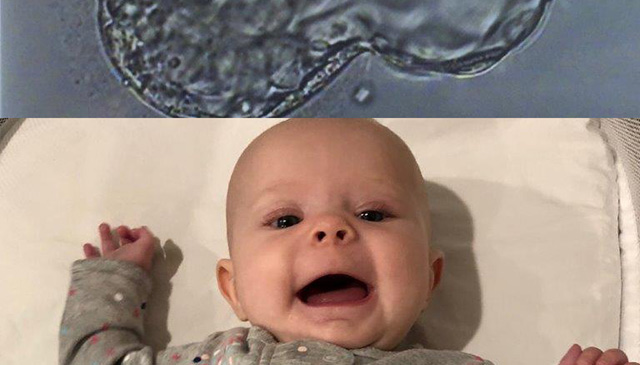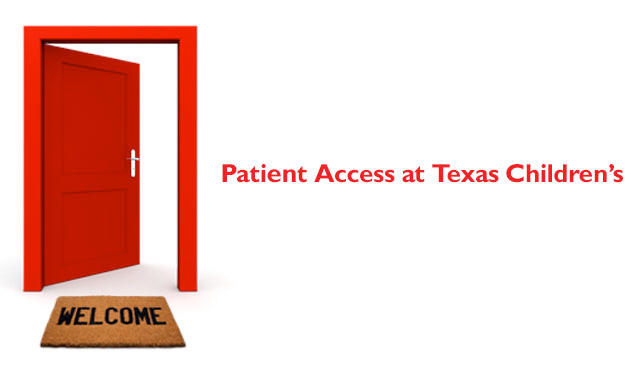
Since implementing Texas Children’s Patient Access Initiative, Texas Children’s continues to make great strides to ensure our patients and their families get in the door easier to access our high quality services.
One of the many impactful changes benefitting patient families has been their ability to easily and quickly schedule their appointments online as a result of new features the organization has implemented. To date, more than 10,000 appointments have been scheduled online via MyChart and DocASAP.
In May 2018, Texas Children’s launched direct scheduling that allows current patients to schedule return appointments online through MyChart. Since its implementation, over 7,909 visits have been scheduled online and many patients and their families describe the scheduling process as “easy and convenient.”
“I was surprised that Texas Children’s now offers this option,” wrote a Texas Children’s family. “It was very convenient and the process for scheduling appointments was very simple and streamlined.”
In addition to direct scheduling via MyChart, over 2,814 appointments have been made via DocASAP, Texas Children’s online scheduling partner, since November 2018. Offered in both English and Spanish, this online scheduling tool is available to new patients, current patients, and referred patients at Texas Children’s three hospital campuses including our specialty care locations in Houston and Austin, and Texas Children’s Pavilion for Women.
“I am excited about the progress we’ve made to better serve our patients and their families,” said Sarah Ringold, assistant director of Perioperative Business Operations at Texas Children’s and project manager for the online scheduling team for Patient Access. “It is amazing to be able to offer families the flexibility of scheduling online, and to continue to improve the online scheduling tool to make it more and more effective for our patients.”
Other patient access milestones
Texas Children’s implemented other enhancements to improve patient access across the system. Below is an update on where we are today:
- MyChart activations: Texas Children’s continues to see an increase in the number of patients signing up for MyChart. In October 2017, the organization had approximately 61 percent of distinct patients sign up for MyChart. As a result of system wide efforts to raise patient awareness and engagement, we have now exceeded over 74 percent activation rate for MyChart throughout the system as of June 2019.
- Electronic Waitlist: Since implementing this MyChart feature that automatically sends texts and email notifications when appointments become available sooner, 3,794 patients have accepted an appointment on average 39 days earlier than their prior appointment. The total patient volume includes Texas Children’s Pediatrics (TCP), all subspecialties, sleep studies and therapies. Due to its success, TCPs in Austin and College Station will go live with this convenient electronic tool by the end of the summer.
- Referrals: The referrals team continues to work through enhancements to the referral process in an effort to improve patient access. In April and May 2019, Texas Children’s received over 6,000 referrals from external providers that were processed through the central transcription team – the highest number of referrals from external providers to date. In addition, TCP surgical referrals and medicine referrals referred to Texas Children’s specialties also reached their highest levels at 91 percent and 87 percent, respectively. Current initiatives are in process to increase scheduling conversion and appointment capture rates for various specialties.
About Texas Children’s Patient Access Initiative
Launched in August 2017, Texas Children’s Patient Access Initiative is an on-going, collaborative effort to improve patient access across the organization. Since then, Texas Children’s has made significant progress to ensure patients easily and conveniently get in the door so we can provide the care they need, when they need it.
Click here for a list of other tools and features we’ve implemented across the system to improve access, care coordination and patient experience at Texas Children’s.


